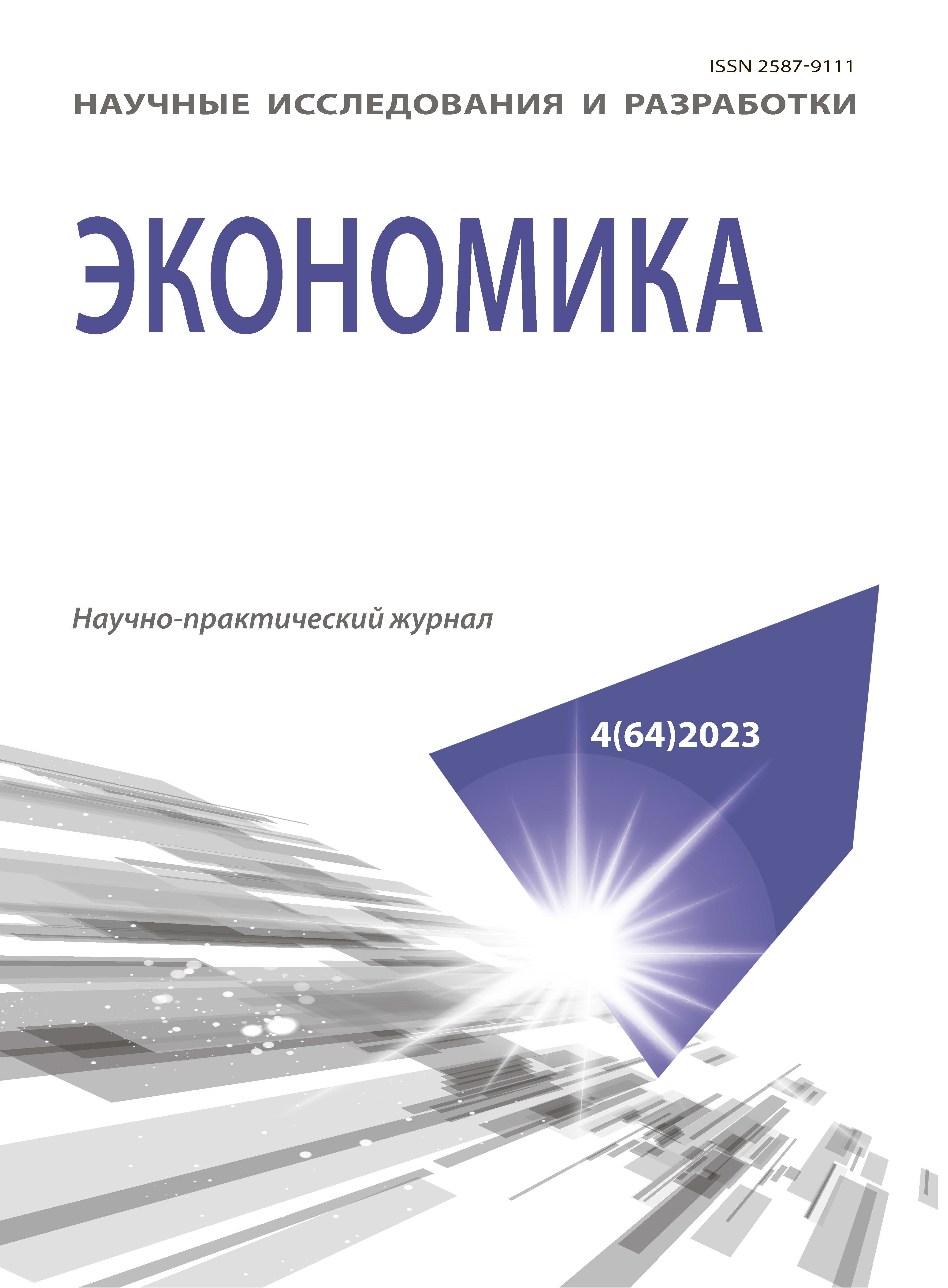Tula, Tula, Russian Federation
Tula, Tula, Russian Federation
The paper provides a forecast for the development of crisis phenomena in the economies of developed countries based on the modeling of N. Kondratiev’s cycles in the time series of real per capita GDP. To determine the dates of the beginning of the upward half-waves of the Kondratiev’s cycles, econometric models with a cyclic (harmonic) component were built. As a result of the study, it was found that the earliest manifestations of growth instability, the possibility of crisis phenomena in the economy are typical for the USA, Great Britain, and Italy. For most developed countries, the 2020s are the most likely opportunities for the development of crisis phenomena. Taking into account the possible reduction in the duration of Kondratiev’s cycles in post-industrial economic systems, a spectral analysis of quotations on the US stock market was performed, which showed a reduction in the duration of cycles to 40 years. The results obtained allow us to give the following estimate. For most developed countries, the most likely opportunities for the development of crisis phenomena are the 2010s and 2020s. Systemic crises in the economies of most developed countries can be expected in the 2020s and 2030s.
Kondratiev’s cycles, econometric models, forecasts, crisis phenomena, systemic crises
1. Sarunas Markus. Kondratieff, N. and Schumpeter, Joseph A. long-waves theory Analysis of long-cycles theory. Universities in Oslo, 2012.
2. Markku Wilenius Leadership in the sixth wave-excursions into the new paradigm of the Kondratieff cycle 2010-2050. European Journal of Futures Research. March 2014, 2:36. Available at: http://link.springer.com/article/10.1007%2Fs40309-014-0036-7
3. Tanning, T., Saat, M. and Tanning, L. Kondratiev wave: overview of world economic cycles. Global Business and Economics Research Journal, 2013. Vol 2(2): 1-11. Available at: www.journal.globejournal.org/index.../article/...
4. Smirnov A.S. What is the reality behind the «Kondratyev waves»? Real long cycles // Kondratieff waves. 2014. No. 3. P. 93-169. (in Russian)
5. Makasheva N.A. The problem of integrating the theories of the economic cycle and equilibrium (the second half of the 1920s - 1930s) and the project of the theory of eco-nomic dynamics by N. D. Kondratyev // Questions of Economics. 2014. No. 1. S. 22-39. (in Russian)
6. Basovskiy L.E. Post-industrial structures in the Russian economy: monograph / L.E. Basovskiy, E.N. Basovskaya. M.: INFRA-M, 2017. 159 p. DOI:https://doi.org/10.12737/21808 (in Russian)
7. Basovskiy L.E. Kondratyev cycles in the US economy // Research and Development. Economy. Moscow: INFRA-M. V. 3. I. 3. C. 28-36. DOI:https://doi.org/10.12737/11580 (in Russian)
8. Marchetti C., Nakicenovic N. The Dynamics of Energy Systems and the Logistic Substitution Model. Laxenburg, Austria, 1979.
9. Anderson, T. W. The Statistical Analysis of Time Series. Wiley, New York, 1971.
10. Natashkina E.A., Basovsky L.E. Kondratieff Waves and Technological Ways // Journal of Economic Theory. 2012. No. 3. S. 169-173. (in Russian).
11. Basovskaya E. N., Basovskiy L. E. Prospects for the Development of a Systemic Global Economic Crisis // Scientific Research and Development. Economics. 2019. no. 1. pp. 4-7. DOI: https://doi.org/10.12737/article_5c5983d5290c77.78838679 (Date of access 27.04.2023). (In Russian).
12. Basovskiy L. E., Ivanova O. S., Basovskaya E. N. Kondratieff Cycles in the Economies of Italy, the Netherlands, Germany and France // Scientific Research and Development. Economics. 2015. no. 6. pp. 26-35. DOI: https://doi.org/10.12737/16673 (Date of access 27.04.2023). (In Russian).






